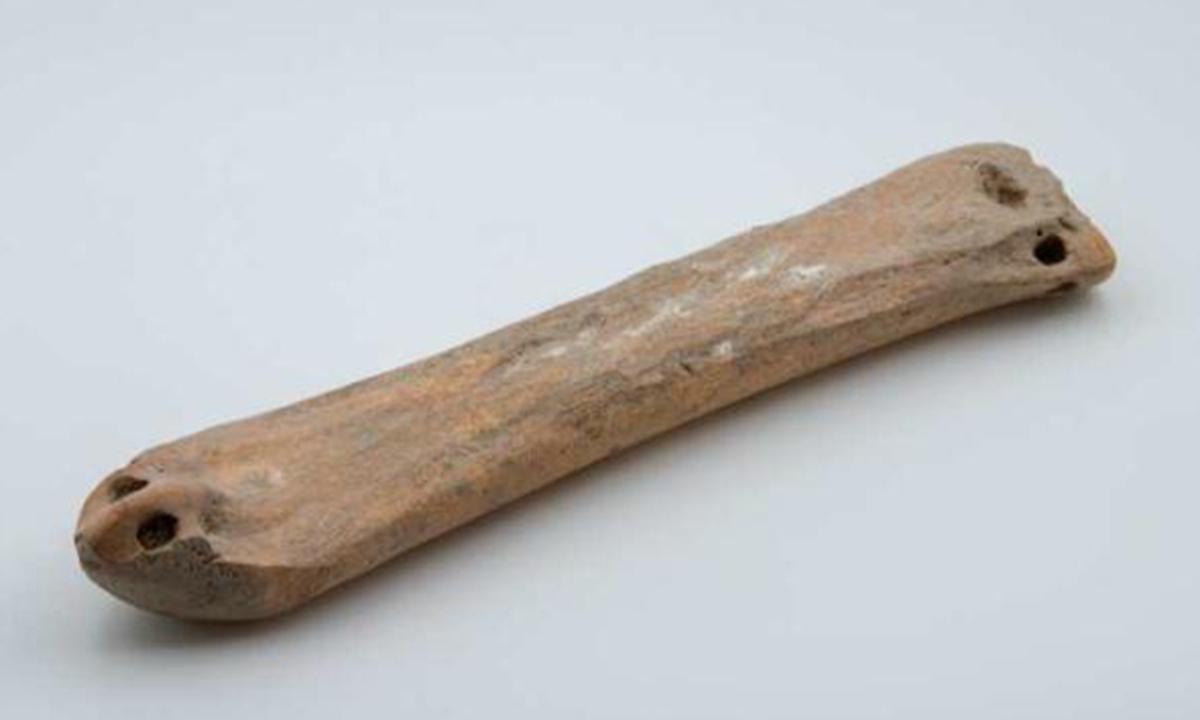This last week, the news has been full of reports on the recent announcement (in Chinese) that bone skates have been found in the Xinjiang area. The skates were reportedly found at a tomb in the Gaotai Ruins, which are part of the Jiren Taigoukou Ruins in Qialege’e, a village in the Xinjiang Uygur autonomous region of China. It’s hard to find on Google maps, but I think it’s Qialegeer Village in Nilka County, Ili, Xinjiang.

According to the news articles I’ve seen, the new skate finds are about 3,500 years old, putting them at about 1500 BCE. That’s on par with some of the earliest bone skates that have been found in Europe.
The location of these finds is really exciting because I predicted it in my book on bone skates, published almost exactly 3 years ago. I wrote a story—a rather speculative one since there wasn’t much evidence—suggesting that bone skates originated with nomadic pastoralists in the Eurasian steppes and may have been connected with the early evidence for skiing found in the Altai mountains. I wrote:
Further archaeological work could conceivably uncover early bone skates close to the Altai Mountains or early skis for comparison purposes.
Skates Made of Bone, p. 61
And here we have early bone skates found near the Altai Mountains in a tomb associated with pastoralists that also included pieces of wagons! I’m looking forward to learning more about these skates. I wish the report were more detailed.
These skates are among the oldest skate finds to date. The earliest European bone skates are hard to pinpoint because there has been confusion about identification and dating. The earliest artifacts I’ve seen identified as skates are the Early Bronze Age radius-based artifacts from Albertfalva, Hungary, which date to around 2500 BCE but are no longer generally accepted as skates (Skates Made of Bone, 52). The next skate candidates are metapodia found in Ukraine and connected to the Sabatinovka culture, whose dates are generally put around 1500–1100 BCE but could be earlier (Skates Made of Bone, 53). The earliest clear European skates are from the Late Bronze Age and appeared in Eastern Europe (Skates Made of Bone, 53). They’re probably a few centuries later than the Xinjiang skates, if the 1500 BCE date turns out to be right.
The Xinjiang skates do indeed look a lot like typical European bone skates, based on the photo included with some of the news articles:

The image has no caption, which made me wonder if it could be a stock image.
Both my story and these new finds contrast sharply with the popular but false story that skates were first used by ancient Finns 5,000 years ago. That story is not based on archaeological evidence, but rather on computer simulations by Formenti & Minetti that didn’t include Central Europe—where the earliest archaeological evidence is—as a possibility. Archaeologists have been putting the origin of ice skating in or near the Eurasian steppes since the 1970s (Skates Made of Bone, 51).
References
Lou Kang. 2023. “3,500-year-old bone ice skates unearthed in Xinjiang tomb.” Global Times.
B. A. Thurber. 2020. Skates Made of Bone: A History. McFarland.

[…] and has roughly the same information as Kang’s article published the day before. See also my post about these skates, which is the only reference to my book that I’ve seen so […]
[…] are close to 3000 years older than this one. Eventually the article does admit that, citing the Chinese skates found not too long ago. Along the way, it quotes Federico Formenti via Smithsonian […]